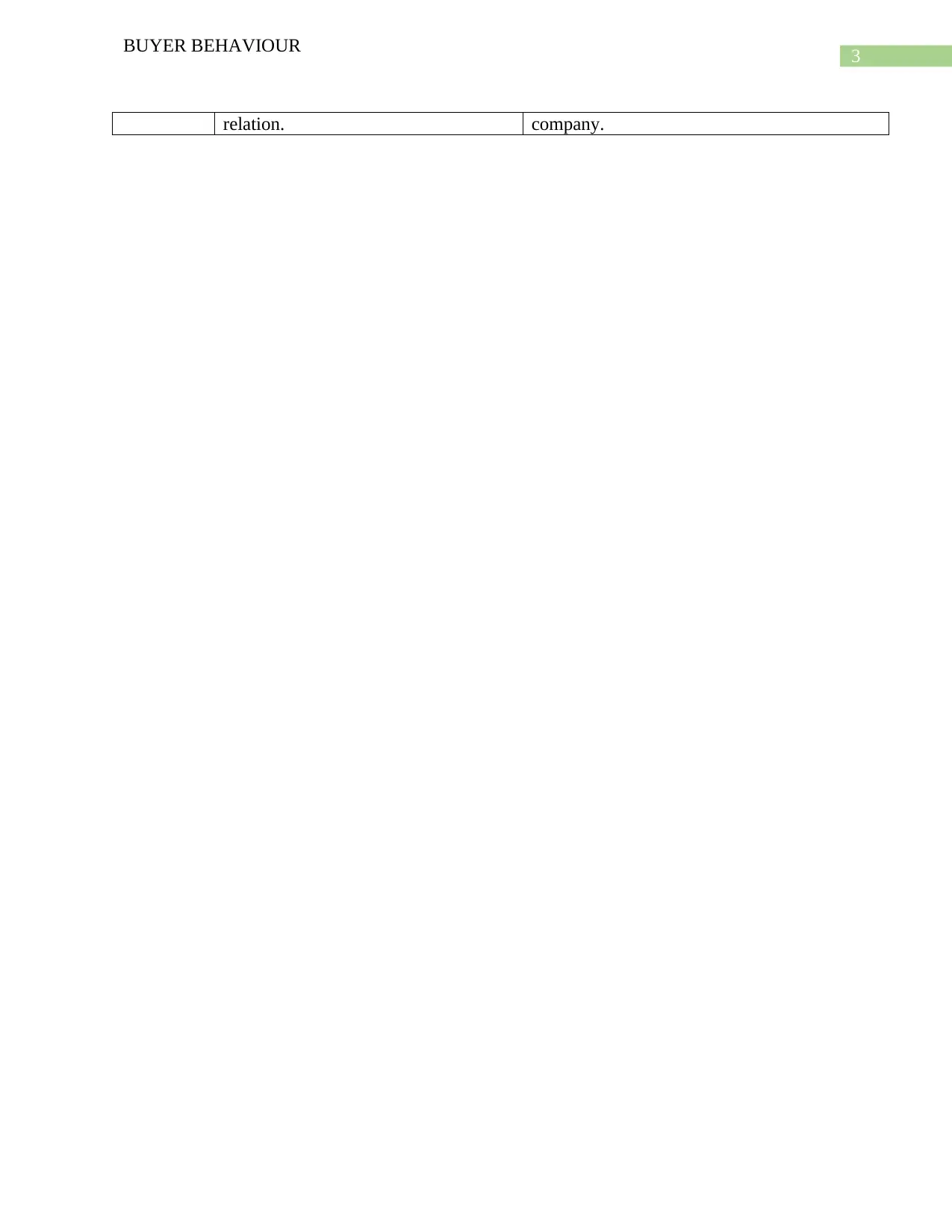Buyer Behaviour: SEASANOL's Impact on Seasonal Purchase Decisions
VerifiedAdded on 2023/04/20
|5
|784
|400
Essay
AI Summary
This essay presents a buyer behaviour model centered around "SEASANOL," an innovative all-in-one device designed to replace traditional fans, ACs, coolers, and heaters. It analyzes the consumer's need recognition, alternative solutions, and the evaluation process, highlighting SEASANOL's benefits as a compact and cost-effective solution catering to all seasonal needs. The essay contrasts organizational buyer behaviour (e.g., hotels purchasing in bulk) with individual consumer behaviour, examining differences in buying purpose, quantity, decision-making processes, market knowledge, and the nature of product use. Ultimately, it predicts high consumer satisfaction and positive word-of-mouth for SEASANOL due to its multi-functional utility and affordability.
1 out of 5






![[object Object]](/_next/static/media/star-bottom.7253800d.svg)